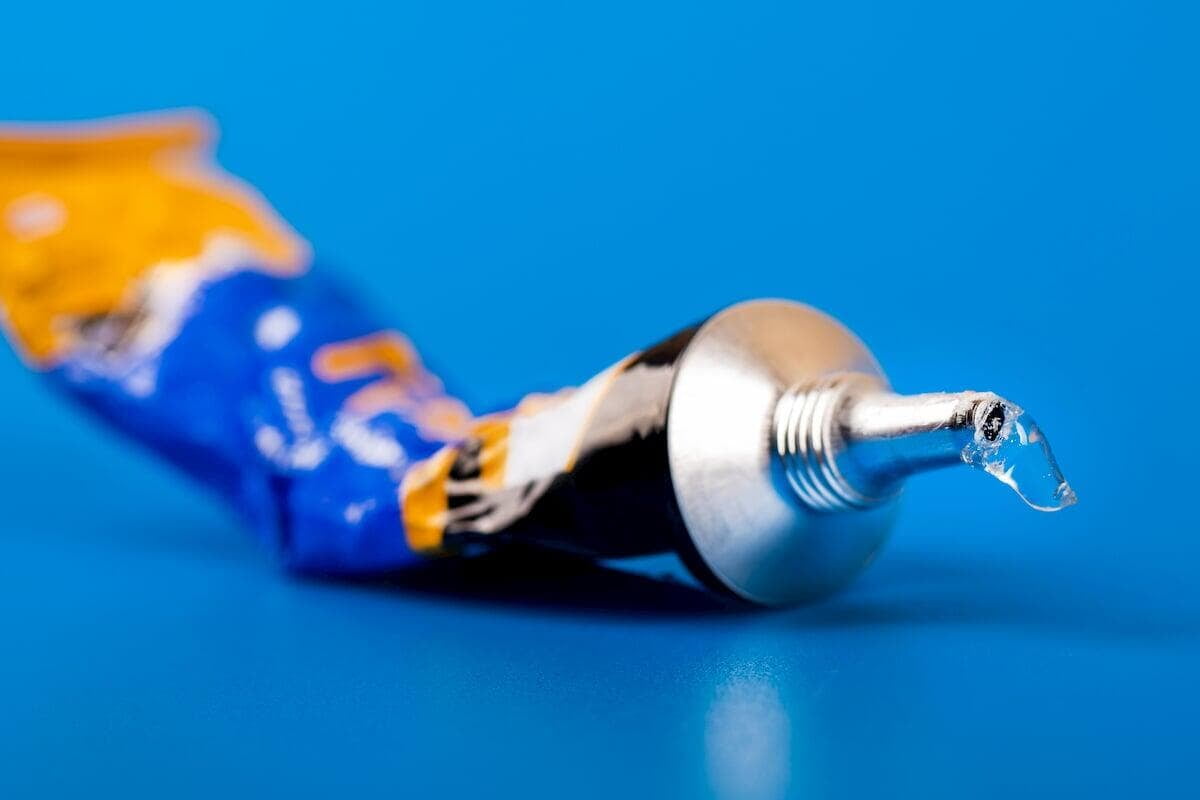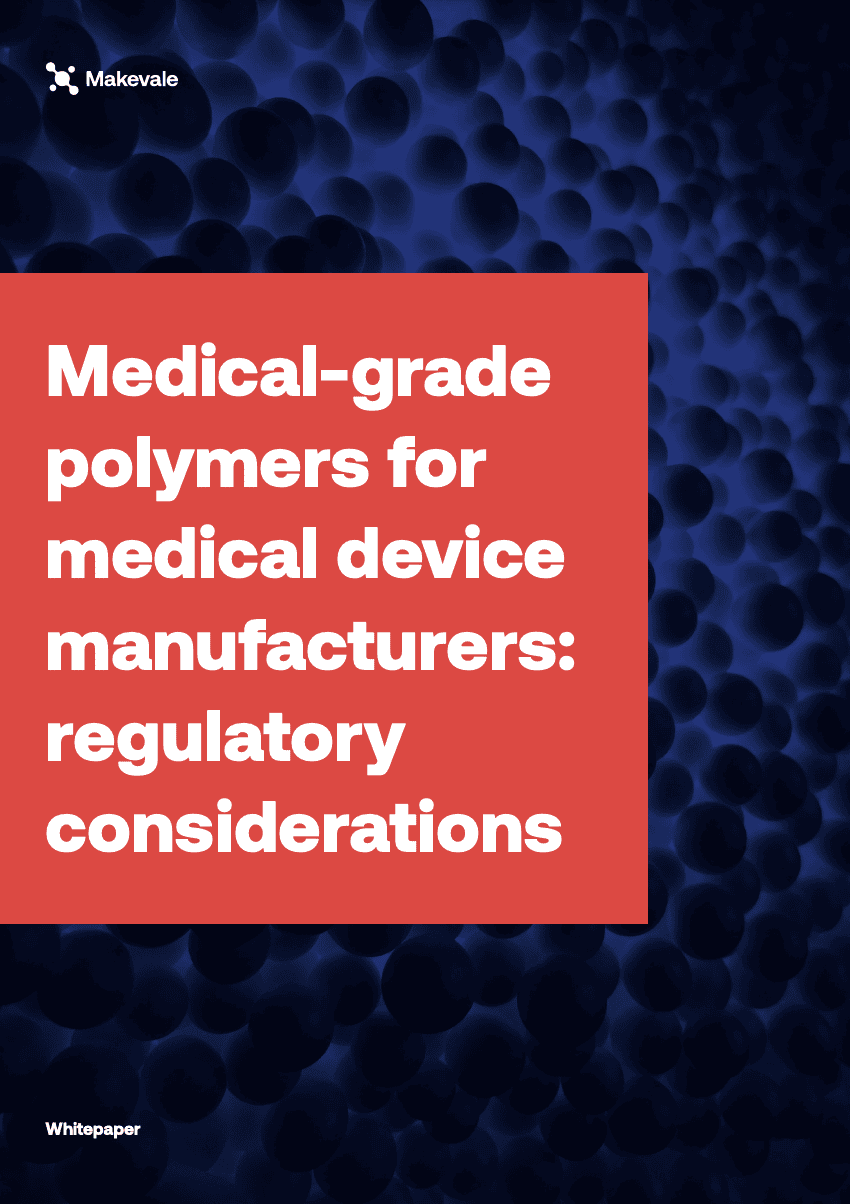
Rheology modifiers are used to change the way in which matter flows and how materials react under pressure. Crucial to many industries and processes, they alter viscosity and add or change the functional characteristics of products. Rheology modifiers are also important in manufacturing processes, creating optimal flow characteristics that can lower manufacturing costs, reduce raw materials usage and decrease energy use. To create ideal flow characteristics, rheology modifiers must deliver specific functionality while remaining inert in all other aspects. With flexible specificity and low manufacturing variance, polymer viscosifiers are the ideal rheological solution for many applications.
Harnessing the power of polymerisation
Poly(methyl methacrylate) (PMMA) and cross-linked polystyrene (XLPS) have numerous rheological applications. Their potential comes from their inert qualities and their controllable handling characteristics but their impact on products and processes should not be underestimated. Maintaining consistent and well-defined viscosity is essential for many products to deliver on their promises and perform reliably every time. With minutely controlled polymerisation processes, PMMA and XLPS can be manufactured within very tight specifications, giving precise characteristics to end products and providing a high degree of control over manufacturing processes. Rheology modifiers have a direct impact on the storage modulus; the G-prime and G-double prime results. These provide structural characteristics that change the viscoelasticity of final products and how they hold their shape under pressure.
At the manufacturing level, unstable, incorrect or inaccurate viscosity can impact the molecular balance in end products leading to high failure rates. In this blog, we will examine two applications for our PMMA and XLPS beads, diving deeper into the use and benefits of these polymer-based rheology modifiers and the impact of bead specification and manufacturing on the end product.
Adhering to sticky specifications for high-performing products
PMMA beads are used as rheology modifiers in cyanoacrylate adhesives (superglue). The optimal viscosity of cyanoacrylate adhesives depends upon many factors that include the:
- Intended purpose and application of the adhesive
- Manufacturing processes used and
- The bonding profile.
Because PMMA beads can be manufactured within very tight specifications, including narrow bead size profiles and molecular weight, they can be adjusted to create the ideal viscosity profiles for both the end product and its manufacturing journey. Added to this, PMMA beads are inert to adhesive functions and contain very little moisture or residues so they deliver rheological properties without adverse impacts on the final product performance.
PMMA beads:
- Improve application by controlling the thixotropic behaviour of the adhesive. By adjusting the PMMA bead profile, further applications can be designed, helping to drive product innovation.
- Reduce the glue penetration into porous substances
- Dissolve quickly during application for quick bonding
- Contain limited residual ions to prevent premature bonding or compromise shelf-life
Controlling adhesive viscosity during manufacturing means increased mixing and pumping efficiency and reduced energy costs. Increased viscosity also reduces spillages and waste as adhesive moves from one process to the next.
Although both academic and industrial research studies into the chemistry of rheological modifiers in non-Newtonian systems are limited, the use of PMMA beads in cyanoacrylate adhesive manufacturing is widespread and Makevale’s experience of designing PMMA beads produces highly accurate and repeatable results. The key to success is specification – working together to understand processes and designing beads that convey very precise characteristics to the performance and flow of the adhesive.
XLPS – putting the precise in precision engineering
Moving onto our second polymer, cross-linked polystyrene (XLPS) is a bead with a very different application. XLPS is an essential constituent in the production of waxes used for industrial lost-wax casting (investment casting). This 5000-year old process was reinvigorating during the second world war to produce jet engines. Now, investment casting is the preferred method for producing lightweight, thin-walled metal castings that combine high strength with intricate detailing. Lost-wax casting is used to create some of the most technologically advanced equipment for the biomedical, agricultural, aerospace and automotive industries.
The wax model is key to creating these highly specific components and its performance is controlled by XLPS. XLPS is used in nearly all waxes and is the best commercially viable option for precise viscosity regulation and strength. Used as a filler, it has a very similar density profile and specific gravity as the wax and yet it provides cost-effective thermal stability. XLPS comprises up to 40% of the total casting wax, so the exact profile of the XLPS beads must be carefully specified and matched to the type of wax and its application.
XLPS exhibits several qualities that make it ideal for supporting the wax as it moves through its molten and setting stages through to final burn-off:
- Dimensional stability – the wax model must fill and maintain the exact shape of the die. XLPS prevents shrinkage, helping the wax to fill all voids, reducing cavitation in heavier sections and providing stability for thin-walled areas.
- Smooth finish – because XLPS beads can be engineered to a median diameter as low as 50 micrometres an exceptionally smooth finish can be achieved in the wax model. This is translated to the final moulding.
- Heat stability – XLPS is extremely thermally stable with low thermal conductivity and expansion. This ensures the casting wax performs predictively and consistently, both in its solid and liquid state.
- Inertness– XLPS does not react with casting metals, so even small residues will not affect the surface characteristics of the final product.
- Low ash – when the wax is burnt off, any residue could react with the casting metal, forming discolouration or deformity. XLPS has low ash and low inorganic content meaning that it is completely consumed during the burnout process.
- Safe – our XLPS beads contain very low residual levels of volatile styrene making it a safe option for workers.
- Low environmental impact – XLPS is easily reclaimable and recyclable and does not form microplastics, due to its strong bonding profile.
XLPS and PMMA, although very different in their properties and application, deliver precise viscosity and performance actions through their well-defined and precise specification. By creating polymer beads with very tight and consistent profiles, more precise rheological features can be achieved, product performance and quality are improved and new research and development opportunities emerge.
Makevale has more than 40 years of experience in developing high-performance polymers across multiple industries, working with clients to create the perfect formulas to meet their manufacturing challenges. For further information on our dental liquids and acrylic powders, contact our team for free, no-obligation advice.
